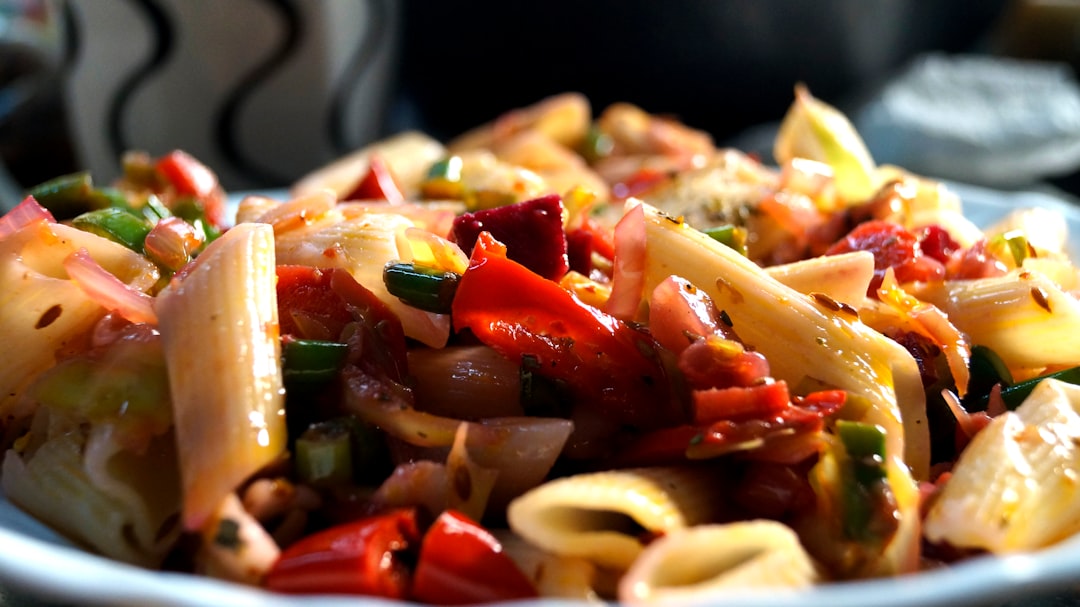
You might have a jar (or two) of pickles hiding in the back of your pantry or fridge. Are those pickles still safe to eat? And how much longer will they last? We asked a food safety expert to weigh in. Here, we cracks the code on whether or not pickles go bad, how to store them, and when it’s time to toss them.
Pickles are a beloved condiment that can add a tangy and flavorful kick to a variety of dishes. Whether you prefer dill pickles, sweet pickles, or bread and butter pickles, they are a staple in many households. However, like all food products, pickles have a limited shelf life, and it's important to know how to properly store and handle them to ensure their safety and quality.
First, let's address the question of whether pickles go bad. The short answer is yes, pickles can go bad. However, the good news is that pickles have a relatively long shelf life compared to many other food items. This is because pickles are preserved through a process of fermentation or pickling, which involves immersing cucumbers or other vegetables in a solution of vinegar, salt, and spices. The acidic environment created by the vinegar helps to inhibit the growth of bacteria and other microorganisms, which can cause spoilage.
So, how long do pickles last? The shelf life of pickles can vary depending on several factors, including the type of pickles, the storage conditions, and whether the jar has been opened. Unopened pickles can typically last for several months to a year or more when stored in a cool, dark place, such as a pantry. Once opened, pickles should be refrigerated and consumed within a few weeks to a few months. It's important to note that these are general guidelines, and the actual shelf life of pickles may vary.
To determine if pickles have gone bad, there are a few signs to look out for. One of the most obvious signs is a change in appearance. If the pickles are discolored, moldy, or have an off odor, it's a good indication that they have spoiled and should be discarded. Additionally, if the pickles have a slimy texture or a strange taste, this is also a sign that they are no longer safe to eat.
Now that we know whether pickles go bad and how to tell if they have spoiled, let's talk about how to store pickles properly. As mentioned earlier, unopened pickles should be stored in a cool, dark place, such as a pantry. This helps to prevent the growth of bacteria and other microorganisms and extends the shelf life of the pickles. Once opened, pickles should be refrigerated to slow down the growth of bacteria and maintain their freshness.
When storing pickles in the refrigerator, it's important to keep them in their original jar or transfer them to an airtight container. This helps to prevent the pickles from drying out and keeps them from absorbing other odors in the refrigerator. It's also a good idea to label the jar or container with the date the pickles were opened to keep track of their freshness.
In addition to proper storage, there are a few other tips to keep in mind when handling pickles. First, always use clean utensils when removing pickles from the jar to prevent contamination. Second, avoid leaving the pickles out at room temperature for extended periods of time, as this can increase the risk of spoilage. Finally, if you notice any signs of spoilage, such as mold or an off odor, it's important to discard the pickles immediately to avoid the risk of foodborne illness.
In conclusion, pickles are a delicious and versatile condiment that can add a lot of flavor to your meals. However, like all food products, pickles have a limited shelf life, and it's important to know how to properly store and handle them to ensure their safety and quality. By following the tips and guidelines outlined in this article, you can enjoy your pickles for longer and avoid the risk of foodborne illness. So, the next time you reach for a jar of pickles, you can do so with confidence, knowing that you're making a safe and delicious choice.
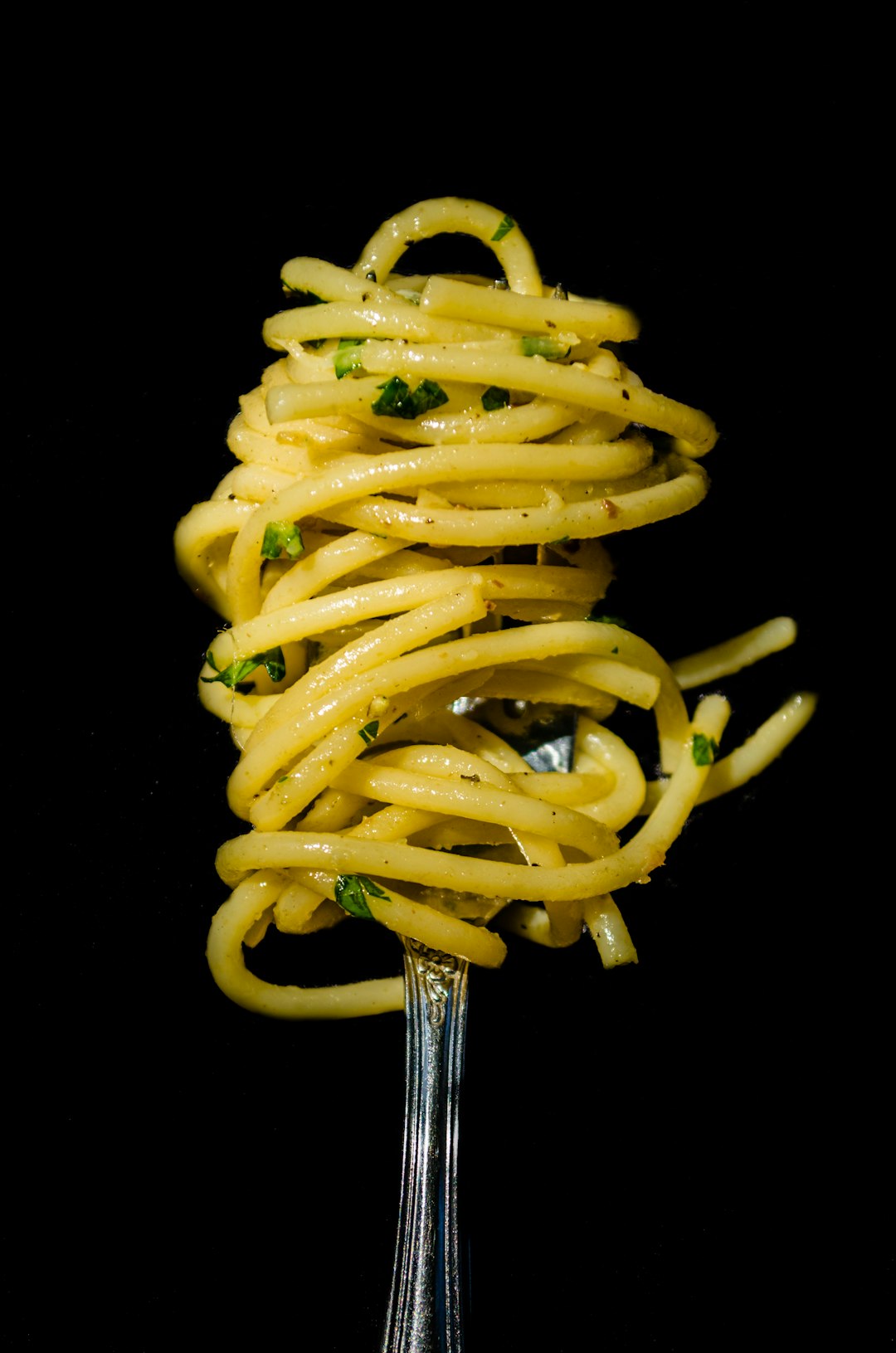
Unveiling the Best Butters for Your Culinary Delights
Unveiling the Best Butters for Your Culinary Delights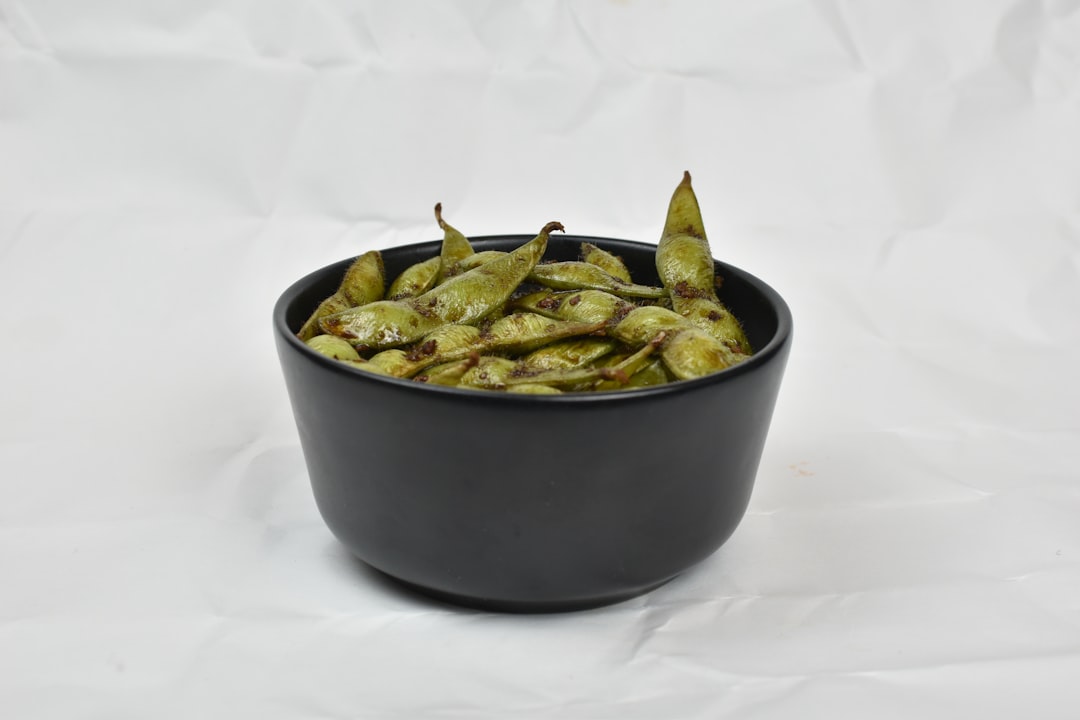
Unleashing the Art of Food Preservation: Safe Canning Recipes for All
Unleashing the Art of Food Preservation: Safe Canning Recipes for All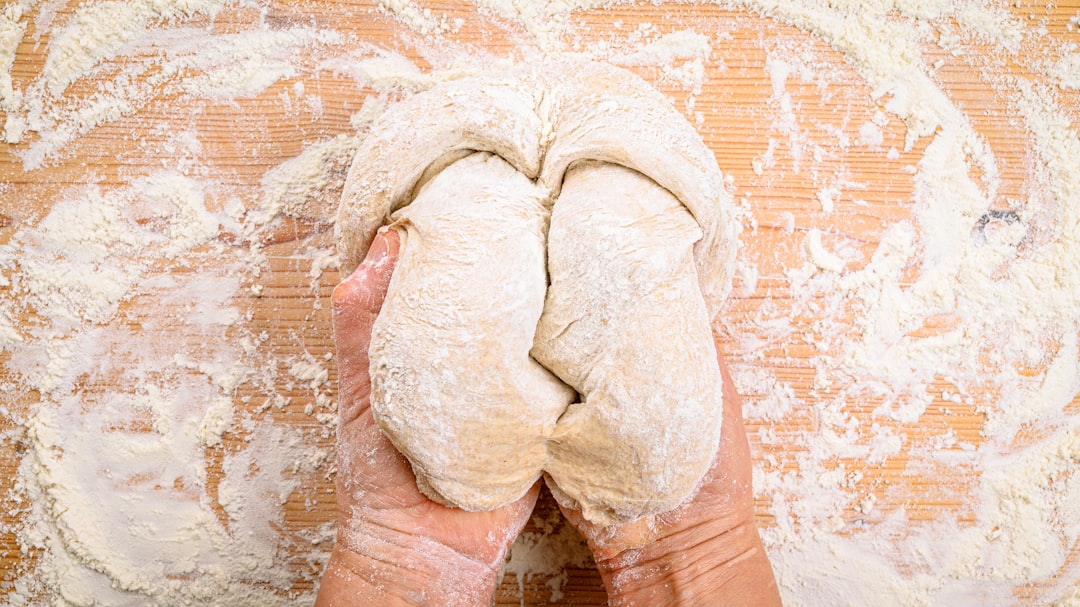
The Secret of Delectable Chicken Soup
The Secret of Delectable Chicken Soup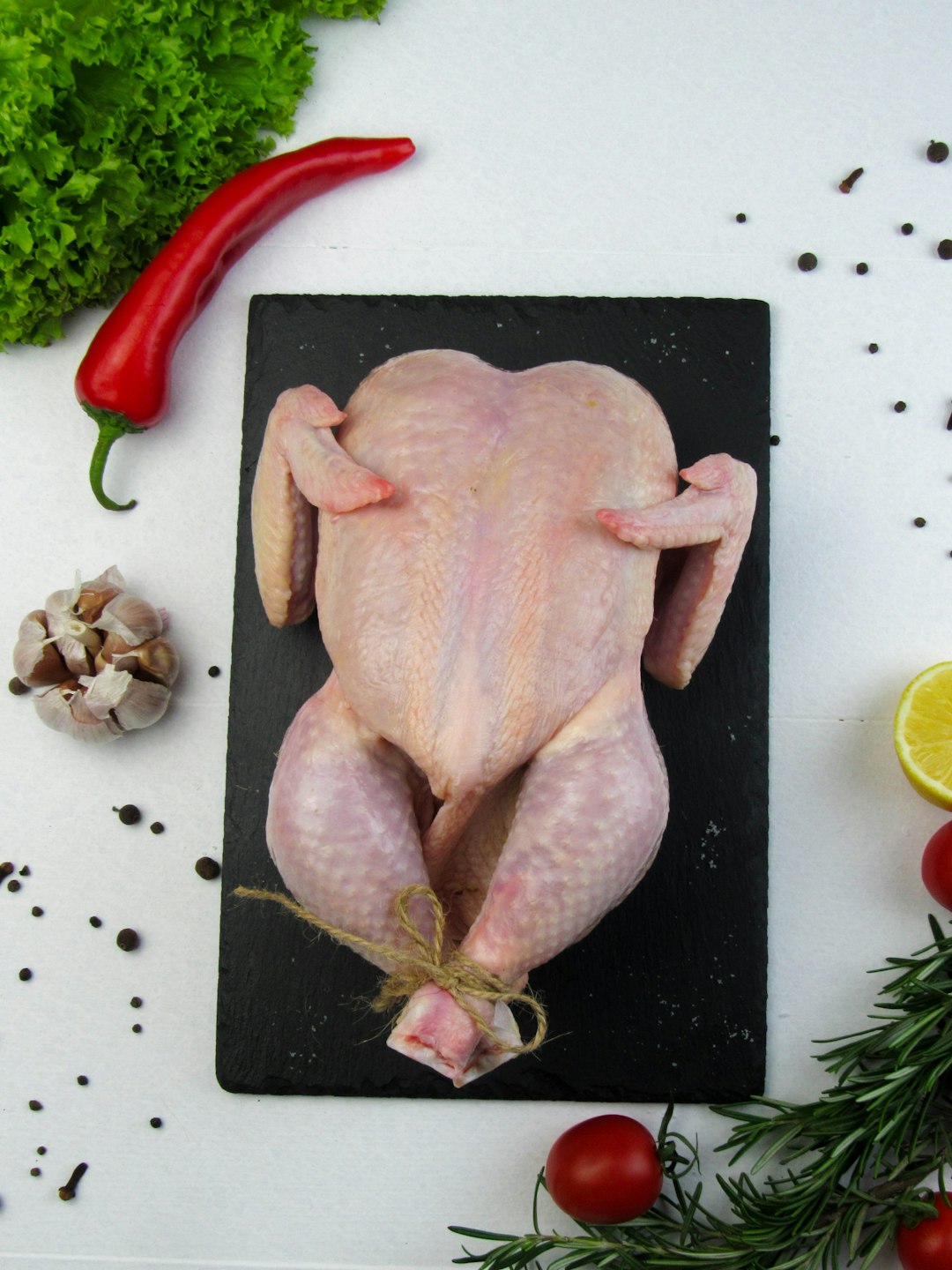
A Cozy Thai Delight for Chilly Days
A Cozy Thai Delight for Chilly Days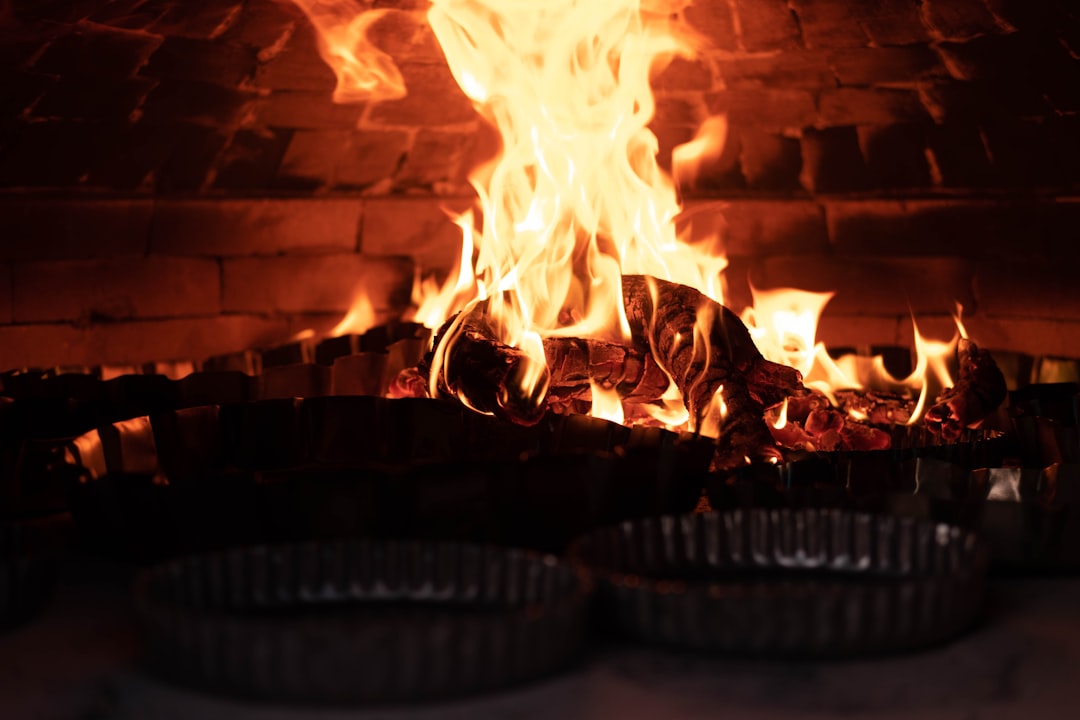
A Refreshing Take on Egg Salad: Mayo-Free Delight
A Refreshing Take on Egg Salad: Mayo-Free Delight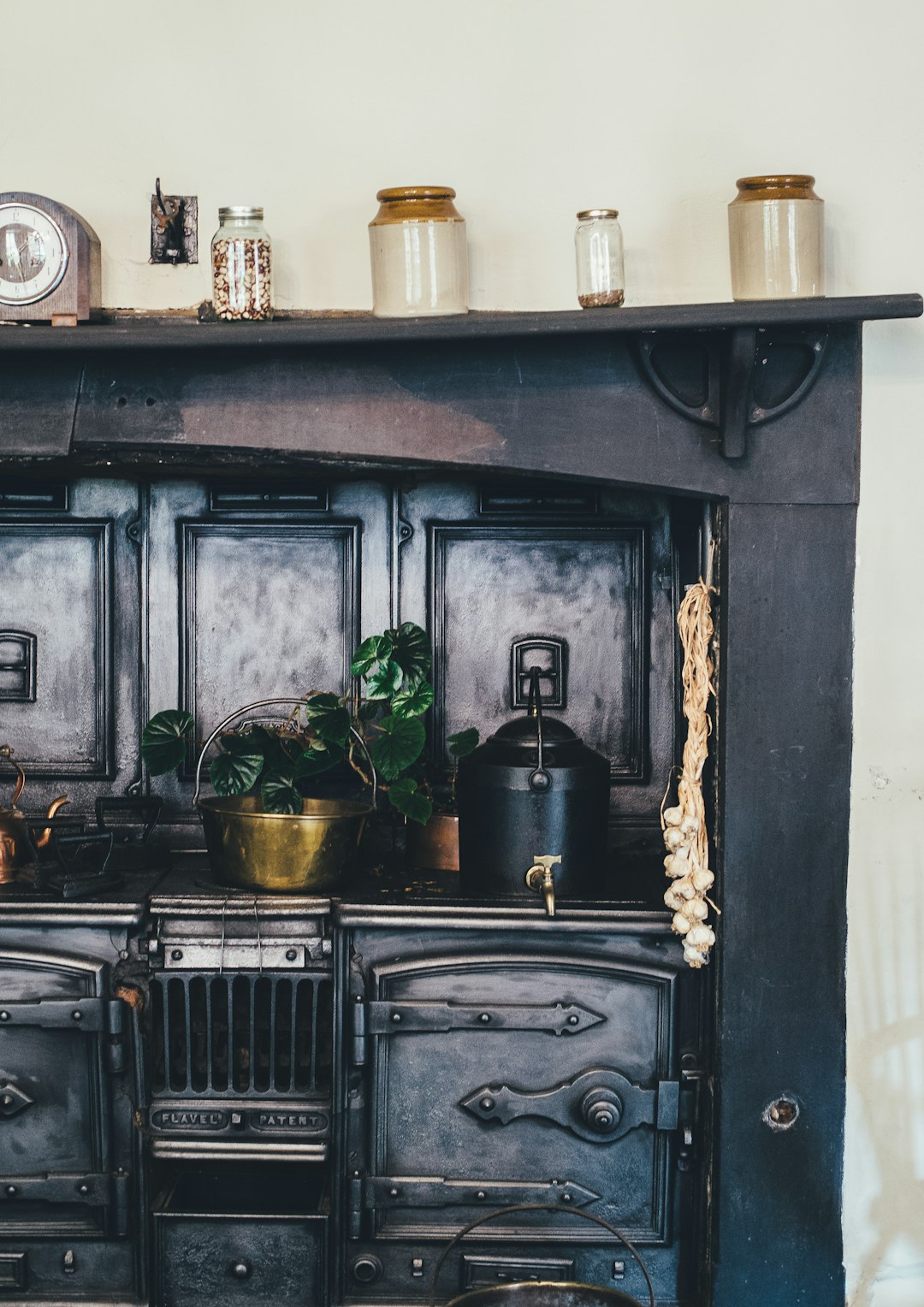
A Creamy Chicken Casserole Delight for Family Dinners
A Creamy Chicken Casserole Delight for Family Dinners
Quick and Delicious Dinner Magic
Quick and Delicious Dinner Magic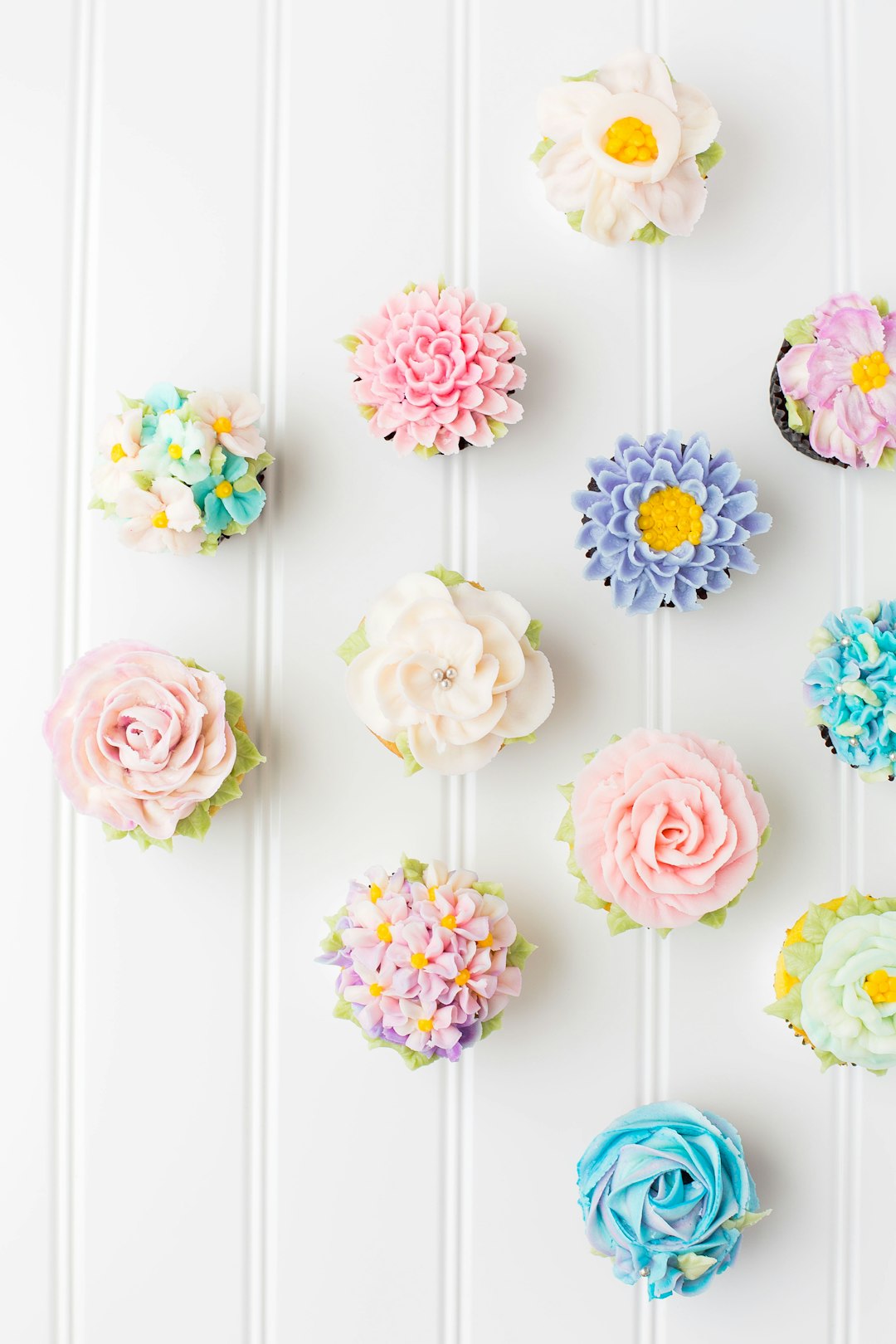
The All - Year - Round Delight of Colcannon
The All - Year - Round Delight of Colcannon
Diverse Side Dishes to Elevate Your Pork Chops
Diverse Side Dishes to Elevate Your Pork Chops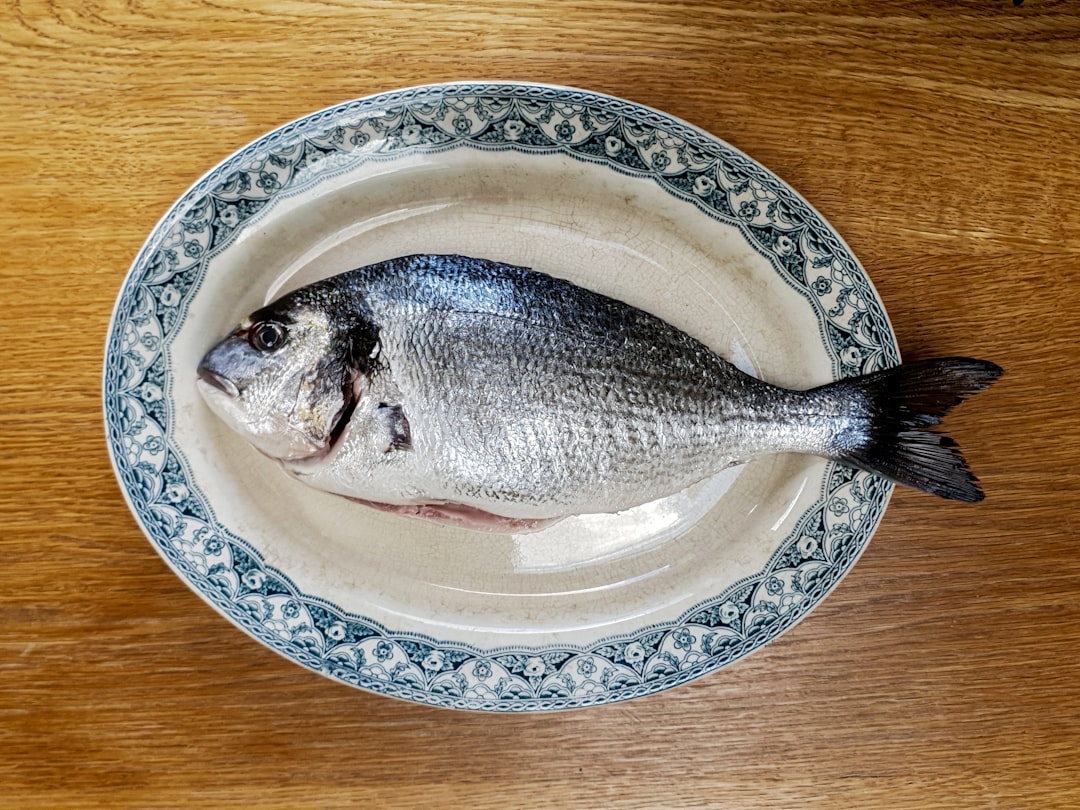
The Secret of Hassle - Free Side Dishes
The Secret of Hassle - Free Side Dishes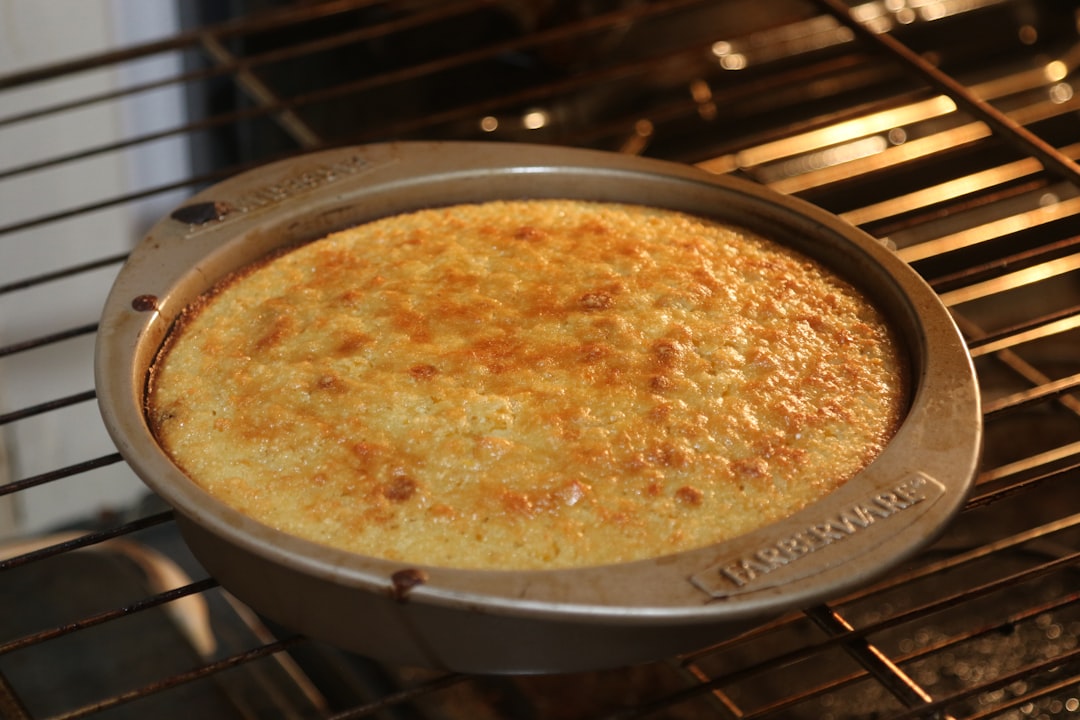
A Cheesy Delight: The Allure of Crispy Bacon and Onion Potato Casserole
A Cheesy Delight: The Allure of Crispy Bacon and Onion Potato Casserole
The Secret to a Nutritious Meal: Low - Carb Side Dishes and Salads
The Secret to a Nutritious Meal: Low - Carb Side Dishes and Salads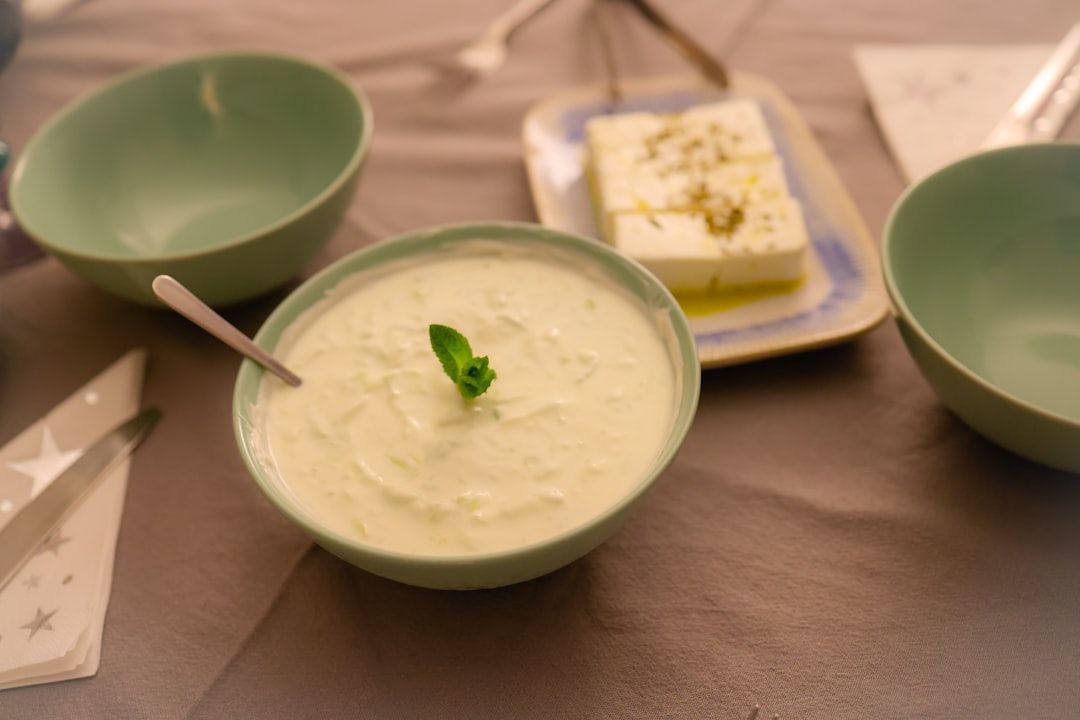
A Cozy Sip: Unveiling the Magic of Classic Hot Buttered Rum
A Cozy Sip: Unveiling the Magic of Classic Hot Buttered Rum
The Allure of Chocolate Wafer Cookie Delights
The Allure of Chocolate Wafer Cookie Delights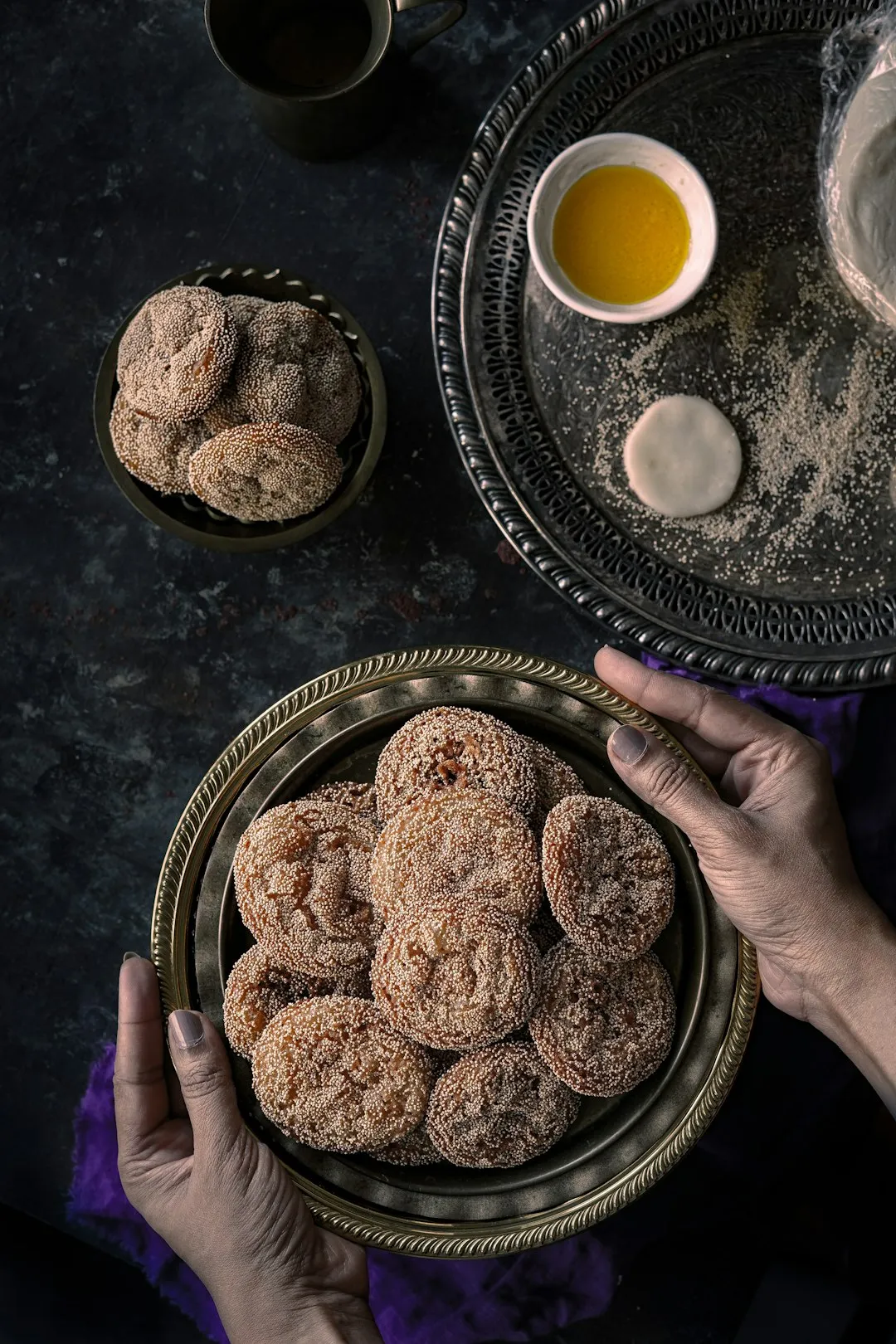
The Irresistible Holiday Treat: Giant Ginger Cookies
The Irresistible Holiday Treat: Giant Ginger Cookies
A Quick and Creamy Low - Calorie Dessert Delight
A Quick and Creamy Low - Calorie Dessert Delight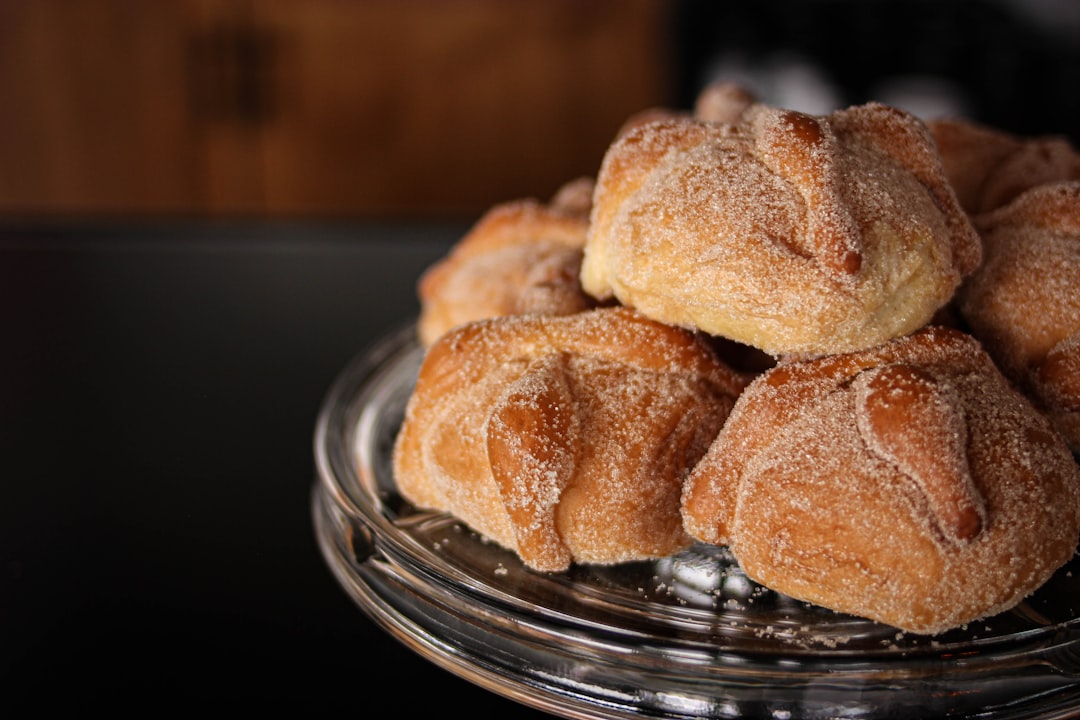
A Heavenly Twist on Classic Treats
A Heavenly Twist on Classic Treats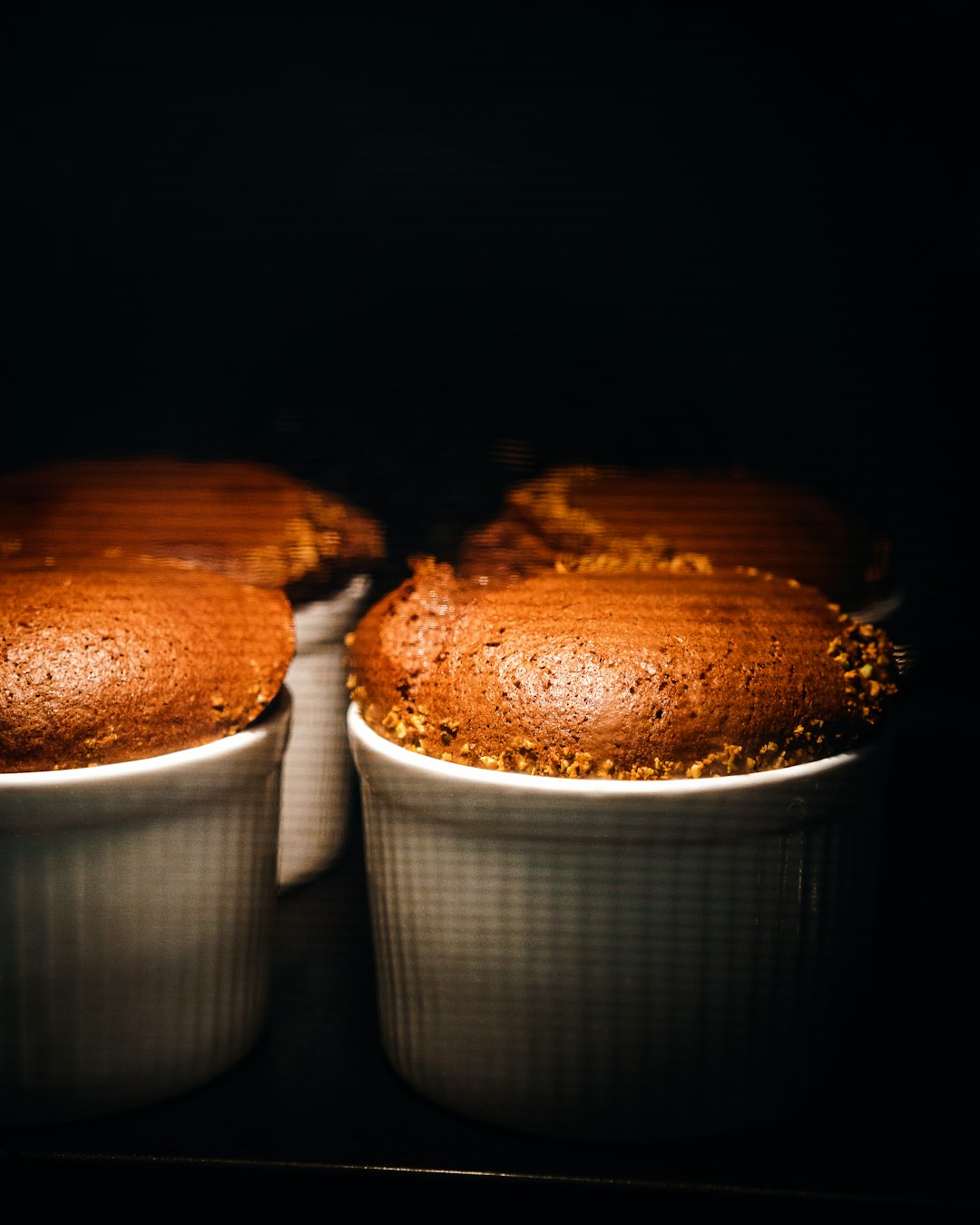
The Irresistible Blend: Bacon, Caramel, and Cinnamon Rolls
The Irresistible Blend: Bacon, Caramel, and Cinnamon Rolls
Unleash Your Morning with Gluten - Free Delights
Unleash Your Morning with Gluten - Free Delights
A Creamy Twist on Skillet Lasagna
A Creamy Twist on Skillet Lasagna